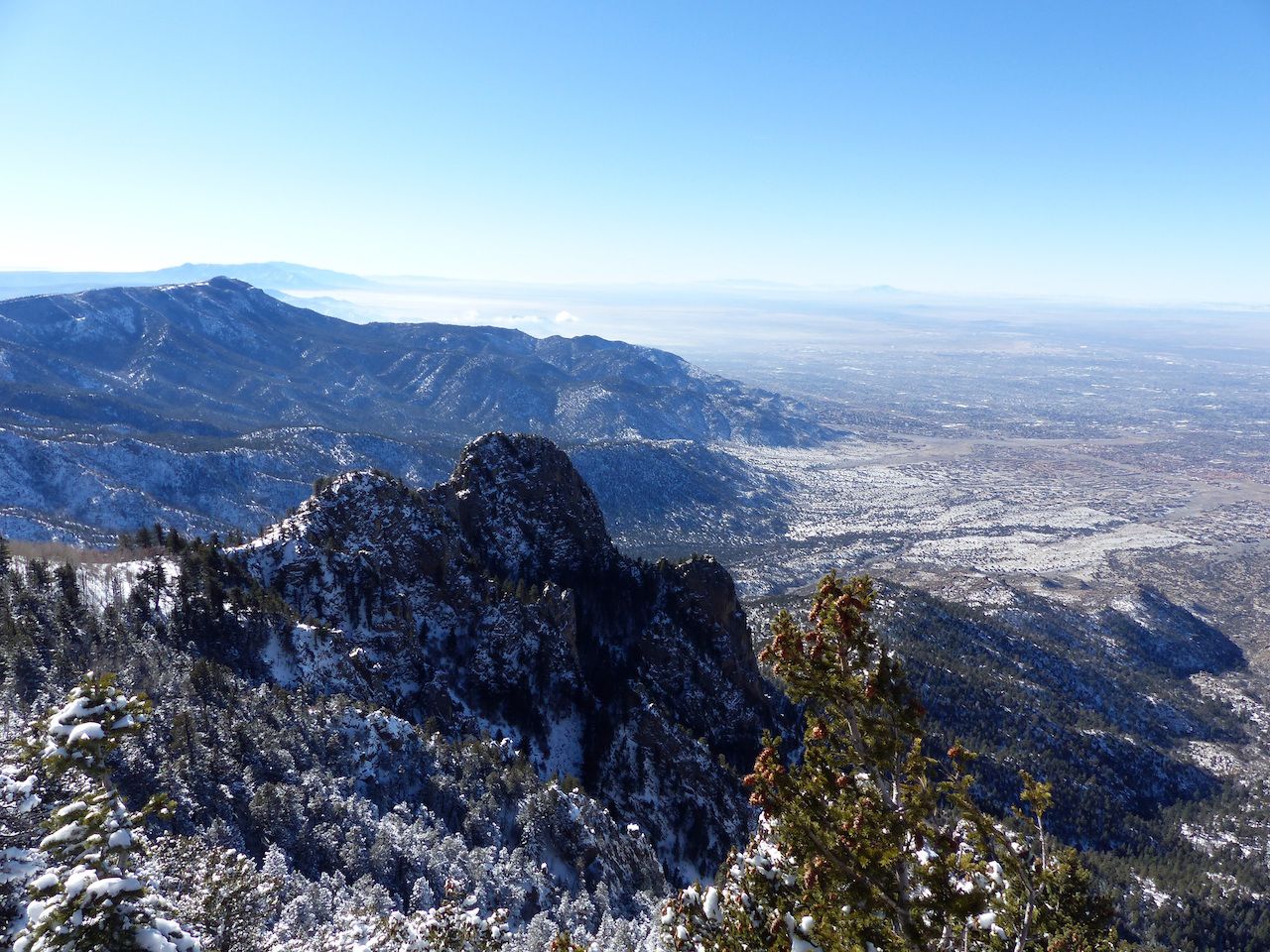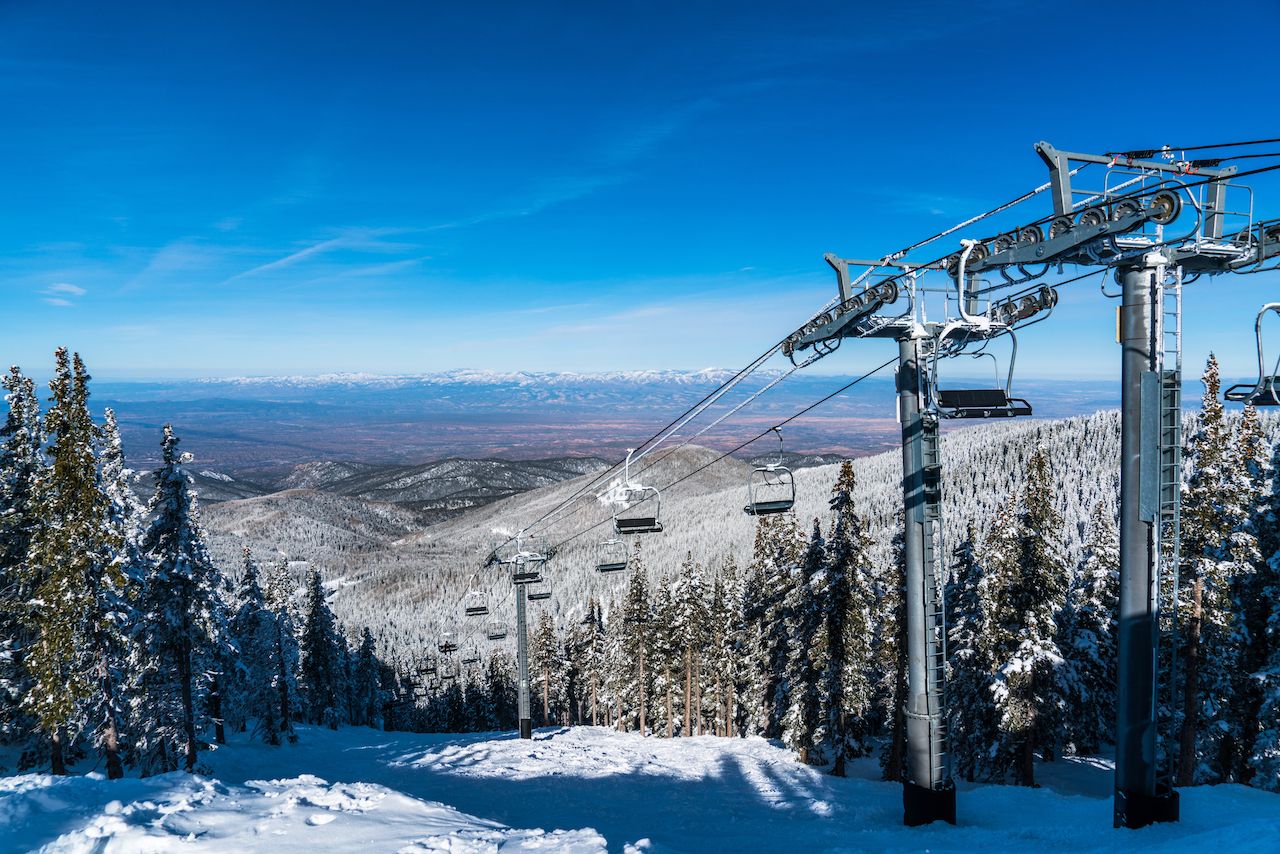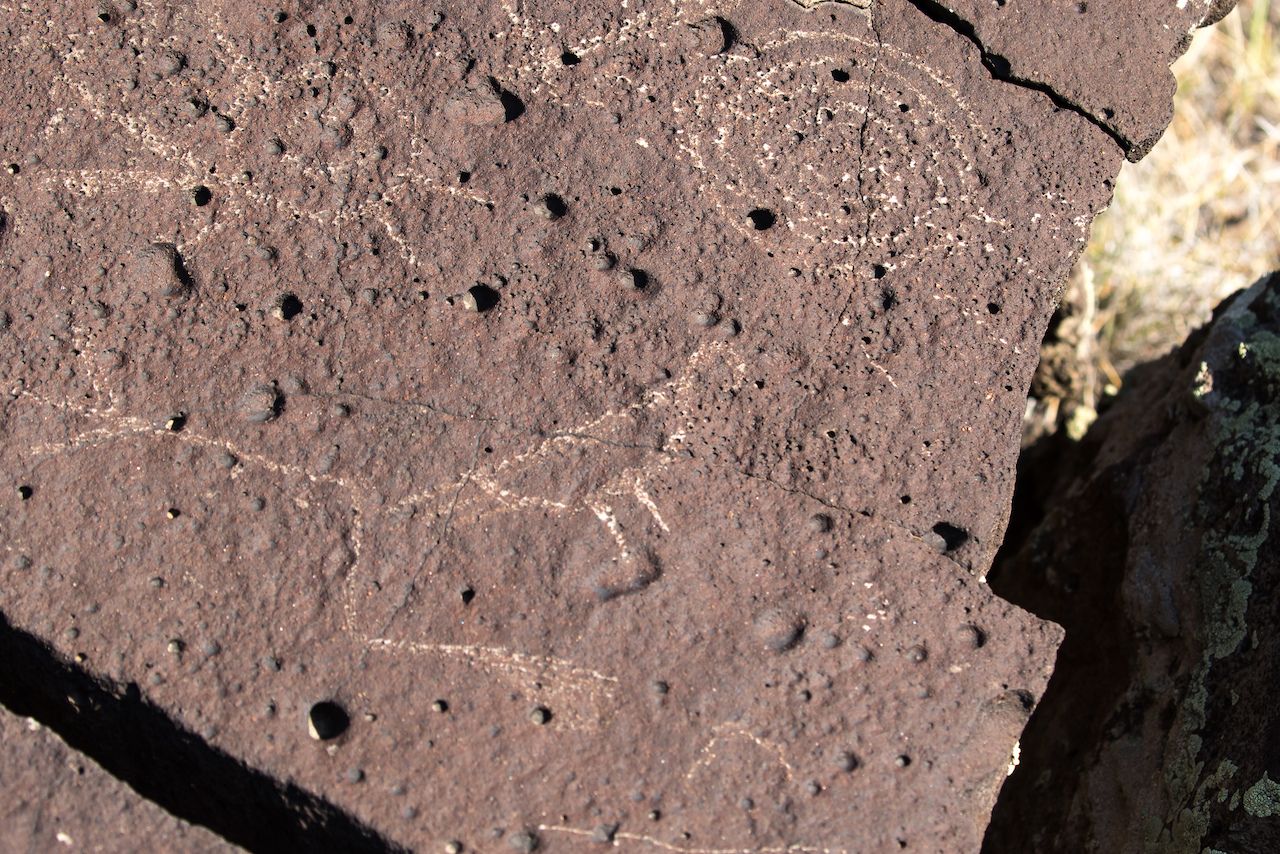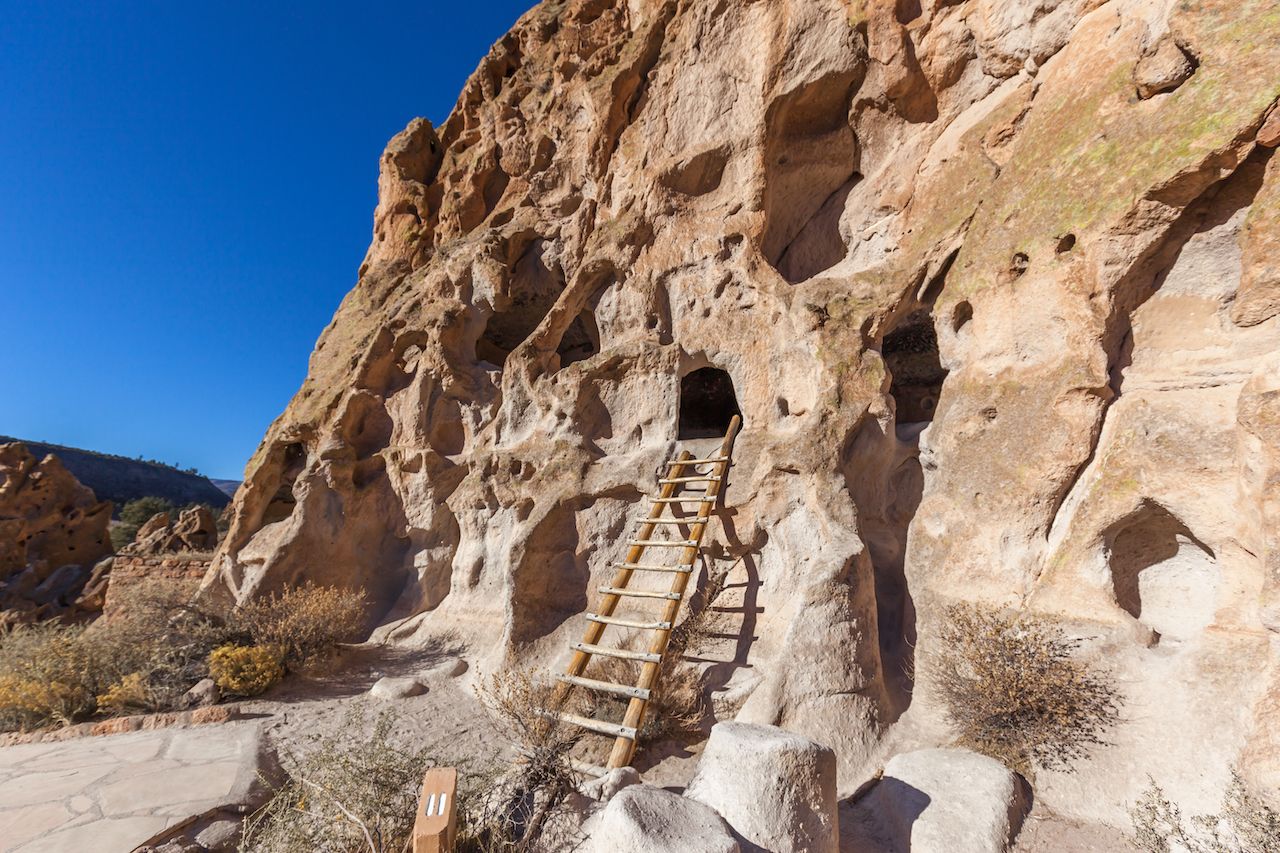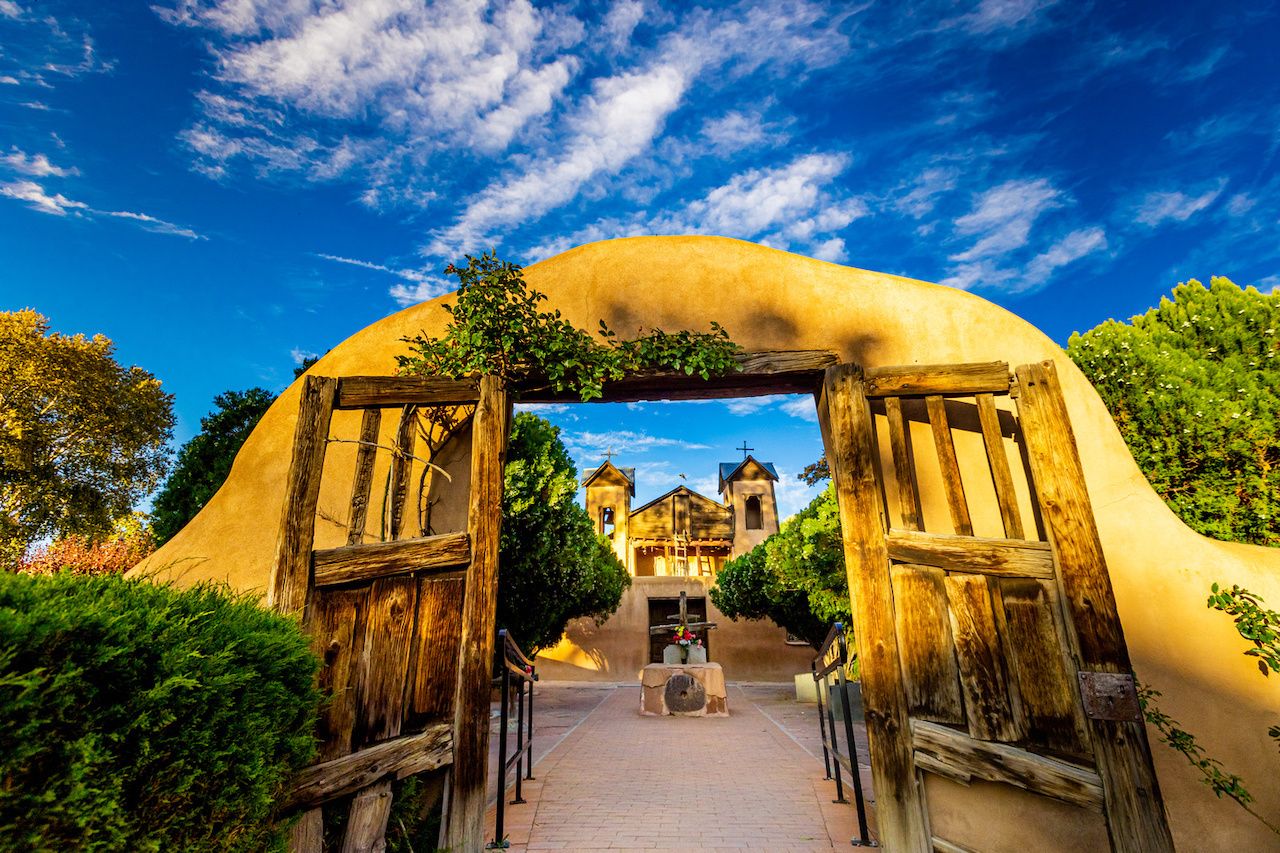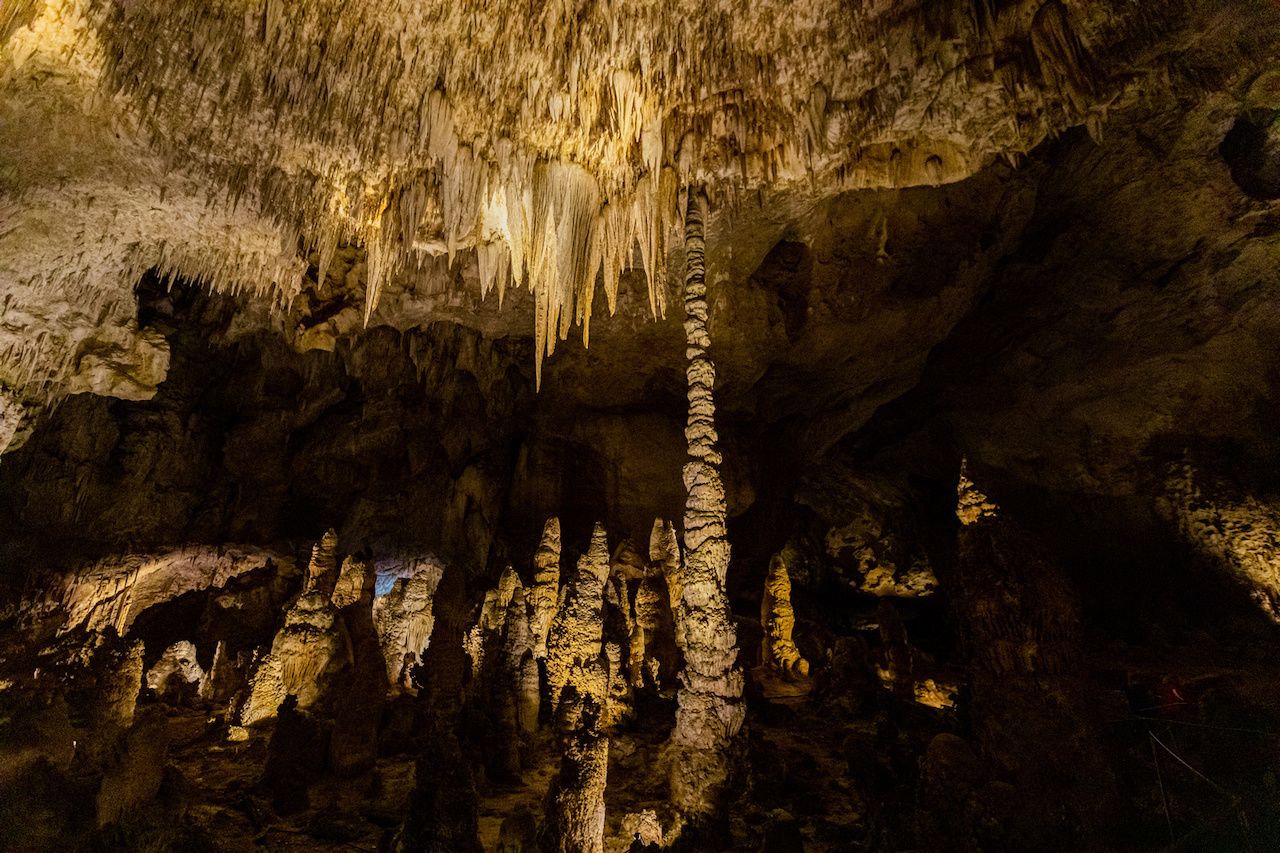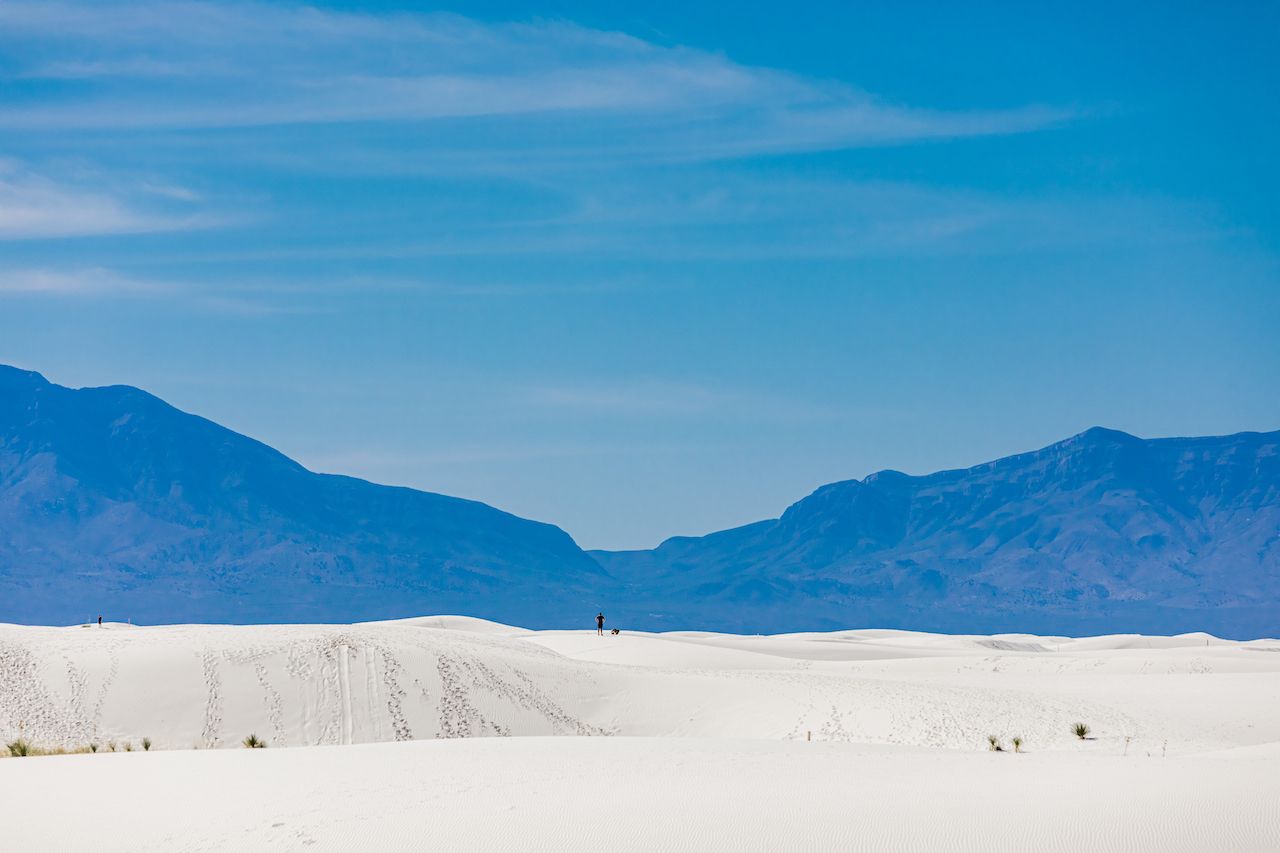Winter road trips just don’t have the same allure. This probably has something to do with the abundance of road chain advisories and potential for black ice. But it’s probably also because the days are shorter, the nights are colder, and half the country is closed for the season.
That said, some parts of the country are best viewed from the road this time of year. Case in point: New Mexico, a land that’s especially enchanting under clear, cold skies with a light dusting of snow. Its desert-scapes can be experienced under pleasant temperatures, and summer crowds at the national parks and alien attractions are minimal. So follow along on this journey from Albuquerque to Santa Fe, White Sands, and all the oddities in between as we show you why New Mexico is the best spot for a winter road trip.

